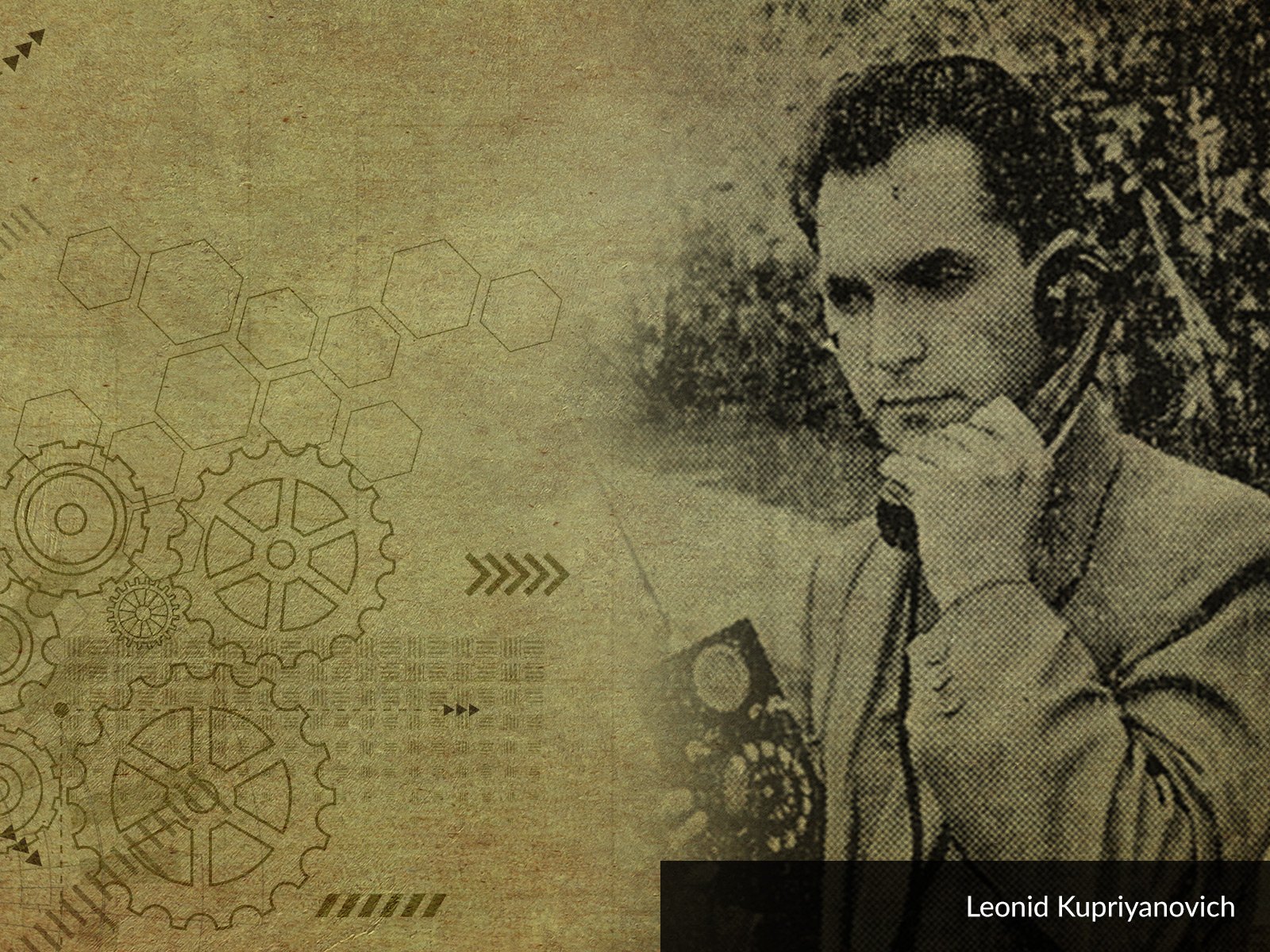
Wilhelm Eduard Weber was born on 24.10.1804 in Wittenberg. His family was focused on science - his father was a renowned professor of theology and his two brothers tied their careers to the natural sciences. As a result of the Napoleonic Wars, the family had to leave Wittenberg and live in Saale, where Weber studied and obtained a professorship. It is worth noting that his supervisor was Johann Schweigger, about whom we have already written. In 1831, he began his career at the University of Göttingen, but his political involvement and participation in the protest against the decisions of Ernest August I stopped his career. It was not until the March Revolution, which broke out in 1848, that the University opened its doors to him again. However, this does not mean that Weber has remained inactive over the years. He was involved in many projects and travelled, coming into contact with Alexander von Humboldt and Carl Friedrich Gauss, among others. Together with the latter, Weber built the first electromagnetic telegraph in 1833. The device stretched between the buildings of the institute of physics and the magnetic observatory. The communication was carried out using a code similar to the alphabet which we wrote about when discussing Samuel Morse.
Weber's electrodynamics
Upon his return to the University, Weber regained the ability to conduct more advanced research on electrodynamics. It is worth mentioning the famous experiment carried out together with Rudolf Kohlrausch, which demonstrated the nature of light as an electromagnetic phenomenon, the results of which inspired the work of James Clark Maxwell. Weber succeeded in developing an innovative approach to electrodynamics, which is known as Weber electrodynamics. As we know from history, although Maxwell's approach became more popular, Weber's equations continue to attract interest and are also studied today.
Wilhelm Weber was honoured with many awards and titles. He received the British Copley Medal and the Prussian Order Pour le Mérite. He was a member of the Royal Saxon Society for the Sciences, the German Academy of Sciences, the Académie des sciences in Paris and the Russian Academy of Sciences in St Petersburg. In addition, the University of Göttingen awards the Gauss-Weber Medal to honour outstanding scientists in their fields. The SI unit of magnetic flux was also named after him.
When looking at modern electronics, and especially its most popular applications, we immediately come across the issues of magnetism and electromagnetism. This includes not only electric motors (AC, DC, BLDC, etc.), but also actuators. The phenomena dealt with by Weber are crucial for overcurrent protections and residual-current devices; relays operate on the principle of electromagnetic attraction (by the way, relays are constructed almost identically as telegraph receivers), while magnets and contactorsare used for non-contact switches. But it doesn't stop there. After all, all wireless communication, be it Wi-Fi or Bluetooth, GSM, LTE, and even satellite GPS signals, is de facto based on electromagnetic waves. Today, the most ordinary mobile phone contains at least a dozen elements and components with which the name of Wilhelm Weber is associated - including, of course, speakers and microphones.
It is possible that the world no longer holds secrets similar to those studied by the German scientist. Yes, many phenomena remain unexplained, but they are not so tangible and "obvious". However, Weber's name was written in the annals not only thanks to his pioneering research – the combination of theoretical and practical thinking that resulted in the first electric method of communication turned out to be crucial. The first, but not the last. Because it is very possible that we will not get to know this "last one" for centuries yet.





